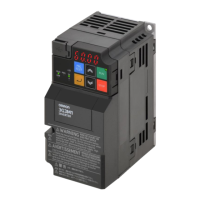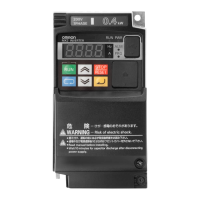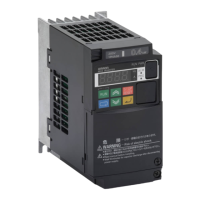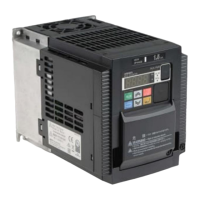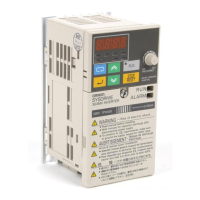7-1
Details of Motor Control Methods
Select the control method best suited to type of motor to be driven and application. Set the control
method to be used in 1st Drive Control Selection (3004Hex-2BHex)/2nd Drive Control Selection
(3009Hex-0FHex).
Available control methods differ according to the type of motor.
Vector control without speed sensor and vector control with speed sensor can be set only to 1st motor
control.
7-1-1
Motor Control Methods
Dynamic Torque Vector Control (IM: Induction Motor)
To make full use of motor torque, torque corresponding to load is calculated, and the voltage/current
vector is optimally controlled according to that calculated value. When dynamic torque vector control is
selected, automatic torque boost and slip compensation are automatically enabled. This function is
useful for enhancing response to load fluctuation or other external disturbances and improving the
speed control accuracy of the motor. Note, however, that this control is open loop V/f control and does
not control current like in vector control. For this reason, response to sudden load external disturban-
ces may not be possible, though it does have advantages such as a maximum torque larger than that
of vector control.
Dynamic Torque Vector Control with Speed Sensor (IM: Induction
motor)
With regard to V/f control with speed sensor, to make full use of motor torque, torque corresponding to
load is calculated, and the voltage/current vector is optimally controlled according to that calculated
value. This control is useful for enhancing response to load fluctuation or other external disturbances
and improving the speed control accuracy of the motor.
Vector Control without Speed Sensor
Speed control is performed based on the motor speed inferred from voltage and current, motor current
is further divided into excitation current and torque current, and vector control for controlling each of
these currents is performed. The required response can be achieved by adjusting the control con-
stants (PI constants) with speed control (PI controller).
With vector control, a certain degree of difference (voltage margin) between the induction voltage of
the motor and voltage that can be output from the inverter is required as motor current is controlled.
Generally, the voltage of a general-purpose motor is matched to the commercial power supply. Howev-
er, due to the necessity for this voltage margin, the terminal voltage of the motor must be kept low
when performing control. When the terminal voltage of the motor is kept low when performing control,
the rated torque of the motor cannot be output even if the rated current of the motor according to spec-
ification is applied. To ensure the rated torque, the rated current must be increased (the same applies
in vector control with speed sensor).
7 Vector Control and Applied Functions
7-3
M1 Series EtherCAT Type User’s Manual (I670)
7-1 Details of Motor Control Methods
7
7-1-1 Motor Control Methods
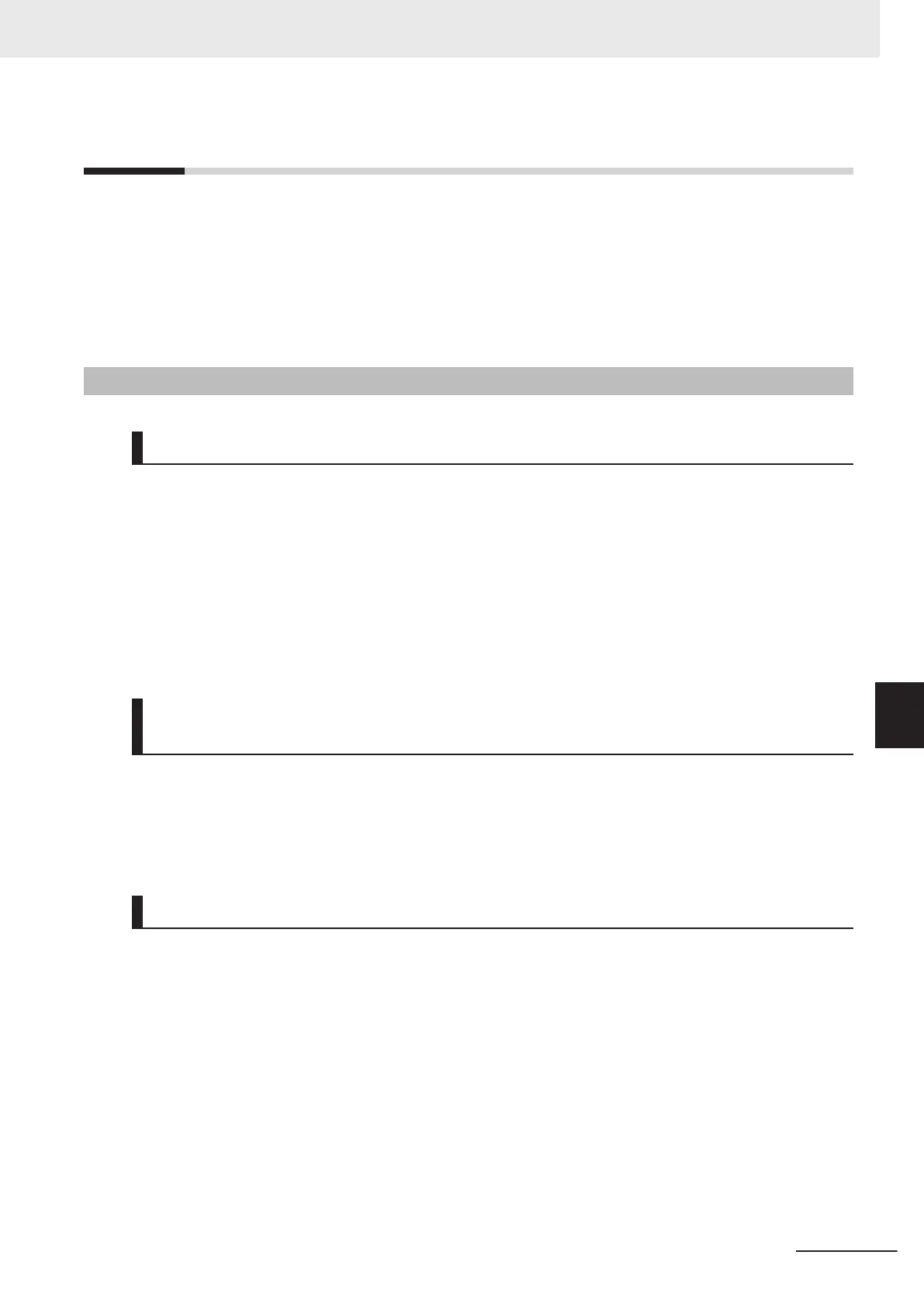